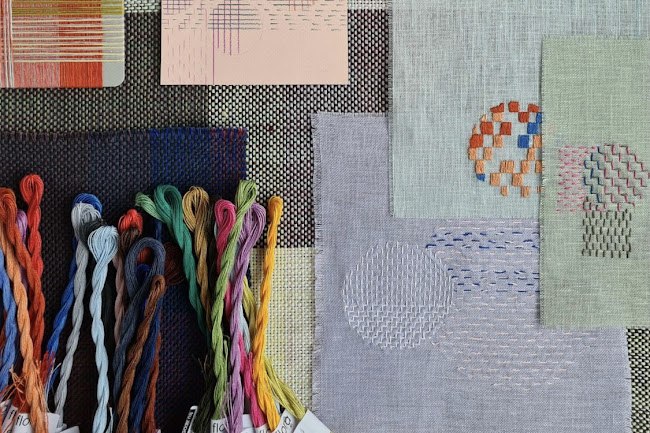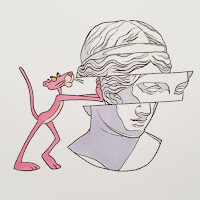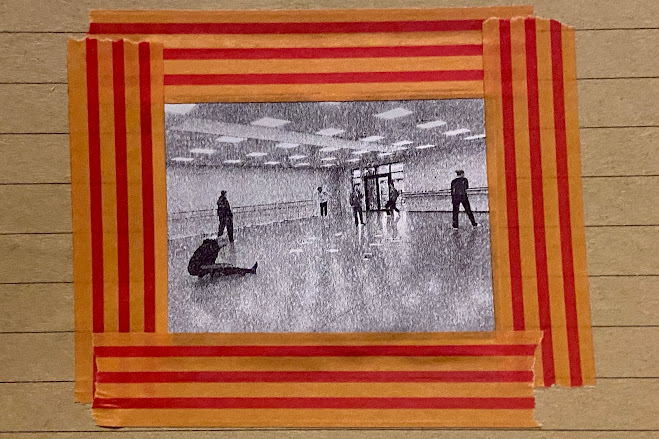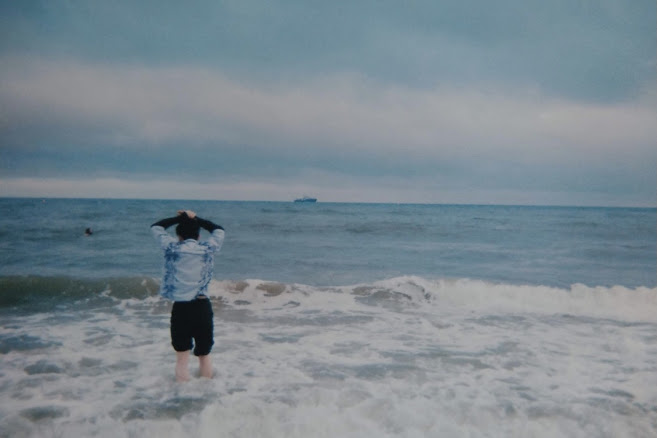4. you’re gonna make me lonesome when you go
take the body of work from an artist you admire and relate it to notions of knowledge, certainty, positivism.
I am going to use this task from the handbook. It is the first one and it feels like a nice gentle way to look towards what this research will be…
The first artist that came to mind under the headline of admiration was Bryce “The Sandman” Wong - I do not currently have any tattoos and I always tell people the only person I would let tattoo me is him. He designs skate shoes for brands including Nike and Vans. I came across his work because of the illustrations and graphic designs he makes on Instagram - I love cartoons and I love the art (especially sculpture) of antiquity, the first work of his that I saw blends those worlds in a way that I really enjoy.
I also picked him because I expected it to be hard to relate his art to particular viewpoints or philosophies, I wanted to see how a seemingly illusive artist who I only know through 1080px by 1080px frames could reveal himself to me.
If we take non-positivism as the belief that there is no inherent truth (Aliyu, A. A. et al., 2014), then from reading interviews with Wong it seems quickly apparent that he would lie cosily on this end of the continuum. Wong describes his career as veering away from and actively rejecting the definitive right and wrong in design education, he sees himself as lying outside of this, even just simply as being uninterested in it. He identifies that his practice is evolving rather than seeing it as something with a fixed certainty
There is a very special way that he is introduced in one of the interviews, that I read as really pointing to understanding and valuing the complexity of emotional and experiential knowledge:
There is the Bryce that uses ink and pens and pencils, that is the Bryce on the supposed pedestal before you. But, mind you, there was a Bryce Wong in California, a now-decrepit memory of his youth that has denigrated his experience of the present with childish remorse. (100 for 10, no date)
And then - I found a recording of a lecture he gives at Louisiana Tech University (Wong, 2021). There is a sense of palpable discomfort in taking on the role of lecturer, not ashamed or embarrassed - in my fantasy it is a questioning of the relevance of the perceived hierarchies and power dynamics that this environment creates. He explains a moment of revelation, upon leaving college when he begins to work at Vans and a colleague advises him to ignore the opinions of others and rather prioritise what he enjoys.
*Just a side note about how nice it is to give some time to read and listen to the philosophies of an artist I’ve seen so much work from but know very little about. It was cathartic.
Wong discusses this with the below slide on his presentation:
When I began trying to discover how Wong’s work situates itself I first went to his Instagram gallery, I fruitlessly looked for some textual reference to a philosophy. His older posts use short captions with around 10 hashtags, more recently he only uses a couple of hashtags - however consistently he uses #havefun, it is on the first post I ever saw with the Pink Panther and it is even sitting proudly in his biography. I’ve being seeing #havefun for years without giving it much thought. As I look at it now it points towards a clear philosophy- this is the certainty, this is where the knowledge lies. Having Fun is offered as a reminder alongside each artwork, it is having fun as a rebellion towards those that might attempt to categorise what is good or bad, wrong or right… Having fun becomes a very clear non-positivist slogan, it almost becomes a truth, maybe that makes it a positivist slogan?
I was so happy and impressed to see this clarity so well placed alongside Wong’s works. It is also fun to identify what is hiding in plain sight. Sometimes to be simple is to reduce, sometimes the reduction is really a well-placed shot at finding the essence of something. I like #havefun as the one truth which guides the expressivity and freedom of non-positivist thinking.
photo one - data mirror, astrid skibsted
photo two - 👚👛👙🐙🌸👅 panther, bryce wong
photo three - having fun, bryce wong
photo four - grateful dead bears orange, nike
photo five - gundam style, bryce wong
-
'you're gonna make me lonesome when you go' - madeleine peyroux, careless love, track 4








Oh I love how you chose this artist and I love how this is who you would choose for a tattoo artist! His work is really interesting. I love the insight into the #havefun slogan. I think it is such a great reminder that art is subjective and we see a lot of the time people's work being put into boxes or compared to others, and in this simple hashtag it really does remind the viewer that this work is for fun, exploration, pleasure, curiousity, and for the sake of art! I'll be giving him a follow! I'm not sure if that "one truth" is positivist or non-positivist that's a really interesting point. I'll ponder some more.
ReplyDeleteYeah that's so true the reminder that this can just be fun - the reminder that joy in itself is political!
Delete